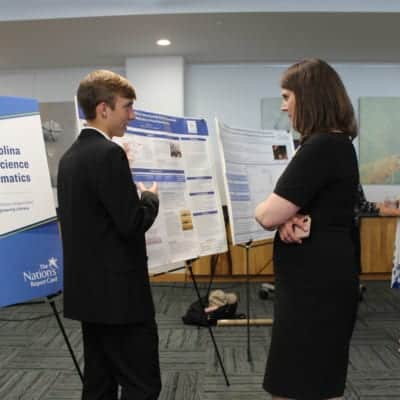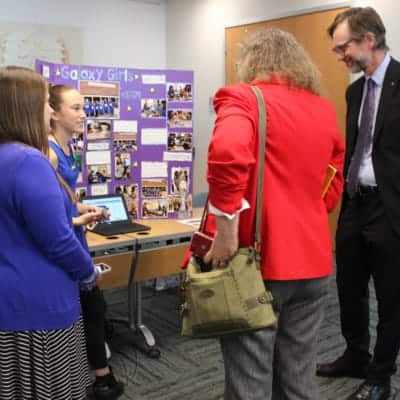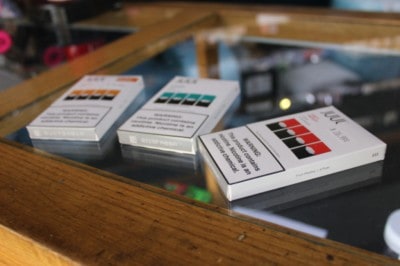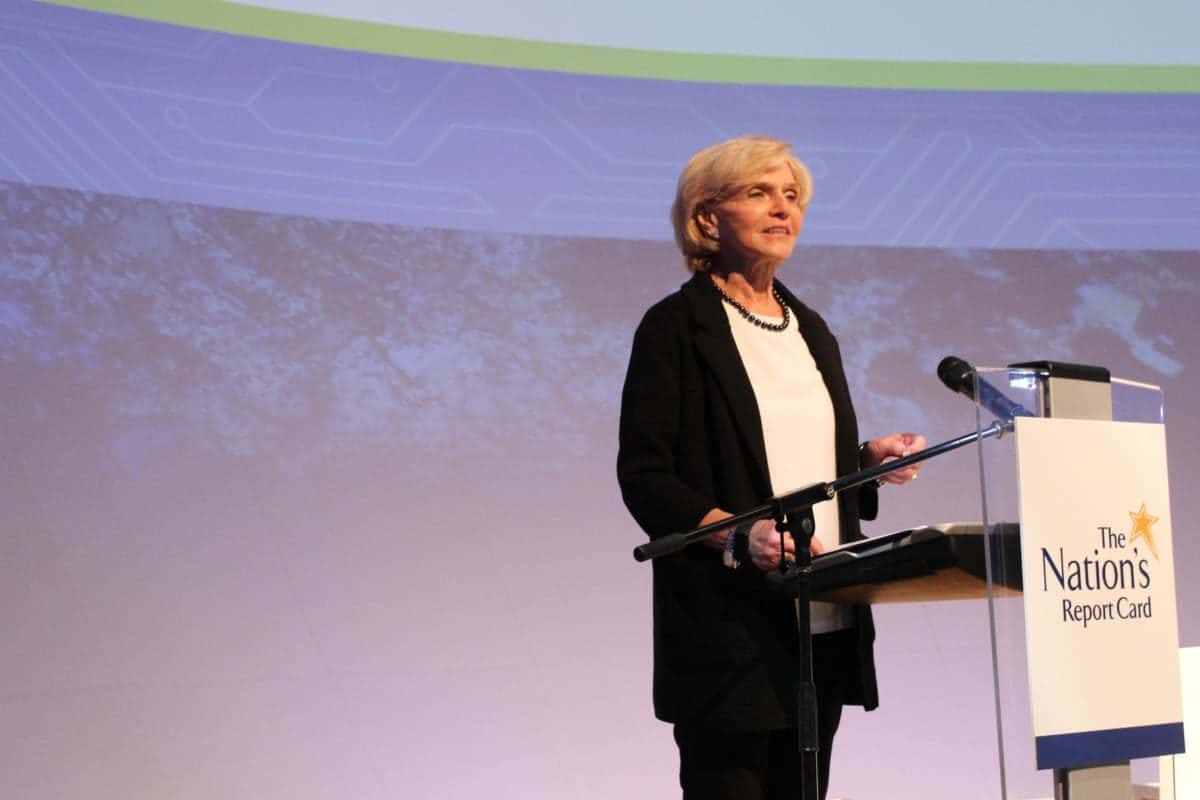

The National Assessment of Educational Progress (NAEP) announced the 2018 Technology and Engineering Literacy results at the North Carolina Museum of Natural Sciences on Tuesday. In addition to a welcome and introduction by former Gov. Beverly Perdue, an audience of educators, policymakers, and STEM leaders received an overview of NAEP assessment results — also called “The Nation’s Report Card” — and heard from panels on issues around technology and engineering literacy.
“We’re at a crucial, crucial time in the transformation and rebranding of our educational system across America,” said Perdue, who serves as chair of the National Assessment Governing Board. “We have a duty to ensure that our nation’s educational assessments reflect the knowledge and the skills that are necessary to pave the road for … our students themselves, as citizens and workers for the 21st century. Technology and engineering are absolutely essential to those students as they continue their education.”
The NAEP first launched its assessment in Technology and Engineering Literacy (TEL) in 2014. According to a press release, the digitally-based assessment “includes multimedia tasks and scenario-based tasks that … require students to solve problems applying their general understanding of the use and effects of technology and engineering in daily life.” The assessment is focused on three content areas: Technology and Society, Design and Systems, and Information and Communication Technology. For 2018, the TEL assessment sample included 15,400 eighth grade students from 600 schools across the country.
Peggy Carr, associate commissioner of assessment at the National Center for Education Statistics, shared the results and noted a two-point score increase overall in technology and engineering literacy from 2014. A closer look at the data showed that this increase was driven by middle- and high-performing students, as well as female students — even though more male students enrolled in technology and engineering classes (61% males vs. 53% females).
“Girls just trumped everywhere,” Carr said of the gender gap.
Sydney Bowen, a student at @MMSScholars, shares her thoughts on taking the @NAEP_NCES TEL assessment. She says it was much more interesting than the typical standardized tests. #TELRelease pic.twitter.com/jUHFDhqvCC
— digiLEARN (@DigiLearnInst) April 30, 2019
After hearing the assessment’s results, audience members learned about teacher and student impressions of TEL assessment tasks.
“They gave us a problem and they made us make a solution of it,” said Sydney Bowen, an eighth grader at Mendenhall Middle School in Greensboro. “I was learning new things while taking the test.”
For example, one assessment task was for students to adjust the habitat of a classroom iguana. Assessment-takers were given information about how an iguana lives in the wild to consider for their classroom habitat, and students were asked to explain how they would know if their habitat adjustments were successful.
“They have to get information from multiple sources. They have to put it together. Solve a problem,” said Luke Wieszczyk, mechatronics teacher at Reedy Creek Magnet Middle School in Cary. “That’s how the real world works.”
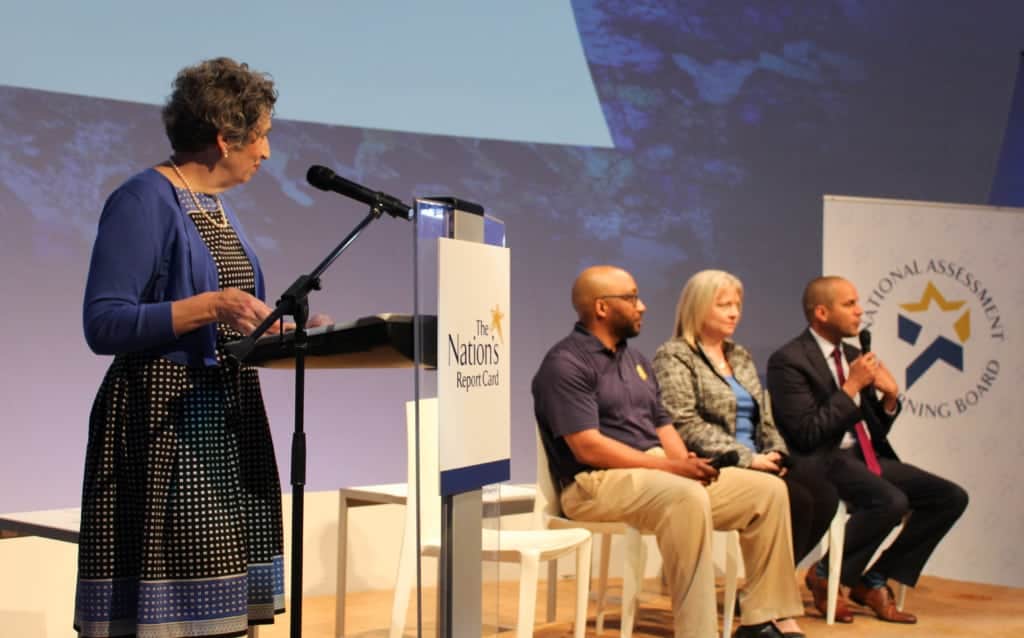

A second panel examined how these real world skills applied in technology and engineering prepare students for the future. Business and education leaders on the panel included Kory Bennett, director of robotics outreach at NC A&T; Katrinka McCallum, vice president of products and technologies operations at Red Hat; and Javaid Siddiqi, president and CEO of the Hunt Institute.
“If you find the key to their enthusiasm, the level of drive these students have in tech is amazing,” Bennett said. “They’re prime for innovations. Their minds are free.”
Bennett also promoted students having access to STEM activities outside of the classroom, while Siddiqi noted the importance of investing in students early on.
McCallum said that Red Hat, an open-source technology company, relies on teams to be more aligned, collaborative, and communicative. These “soft skills” also happen to be areas that the TEL assessment found female students to score higher than males on. According to information released by the National Assessment Governing Board:
“As in 2014, females scored higher than males in 2018, from a difference of 3 points in 2014 to 5 points in 2018. Females outperformed males across two of the three content areas and all three practice areas in 2018. The largest gender differences were on the ‘Information and Communication Technology’ content area and the ‘Communicating and Collaborating’ practice area (7 points each) in 2018. On the ‘Design and Systems’ content area, there was no gender difference in scores.”
More information on the NAEP 2018 Technology and Engineering Literacy results can be found here:
Middle Schoolers Are Doing Better on a Key Tech and Engineering Test — and It’s Thanks to the Girls
Girls Outshine Boys on Federal Exam of Tech, Engineering Skills


